Optimal Seasons for Concrete Installation
Concrete installations are most effective when performed during favorable weather conditions. Optimal timing typically includes periods of mild temperatures and low humidity, which allow concrete to cure properly and achieve maximum strength. The ideal seasons are spring and fall, avoiding extreme cold or heat that can compromise the curing process.
Spring offers moderate temperatures and lower precipitation, making it suitable for concrete work. Planning during spring ensures concrete cures effectively before summer heat or winter cold.
Fall provides cooler, stable weather conditions, reducing the risk of rapid evaporation or freezing. It allows adequate curing time before winter sets in.
Cold temperatures can delay curing or cause cracking, while excessive heat can lead to rapid drying and surface issues. Proper scheduling minimizes these risks.
In regions with unpredictable weather, it is advisable to monitor forecasts closely and plan installations during forecasted periods of stable weather.
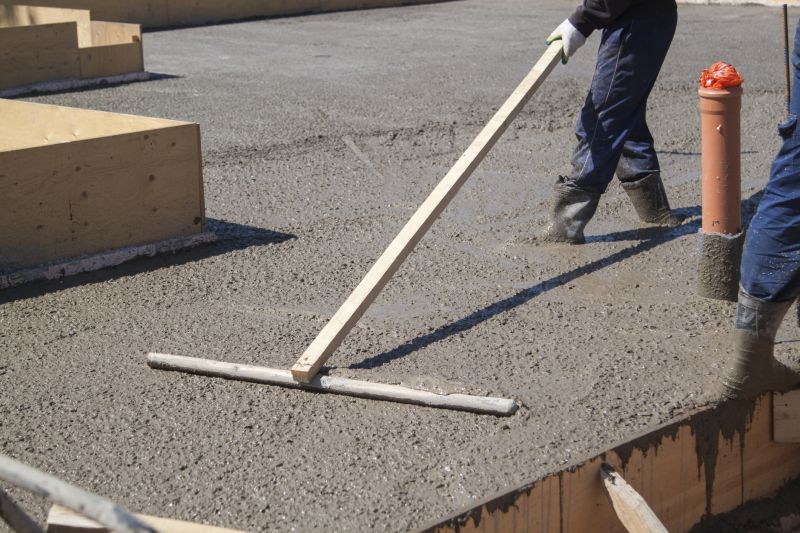
Ways to make Concrete Installations work in tight or awkward layouts.
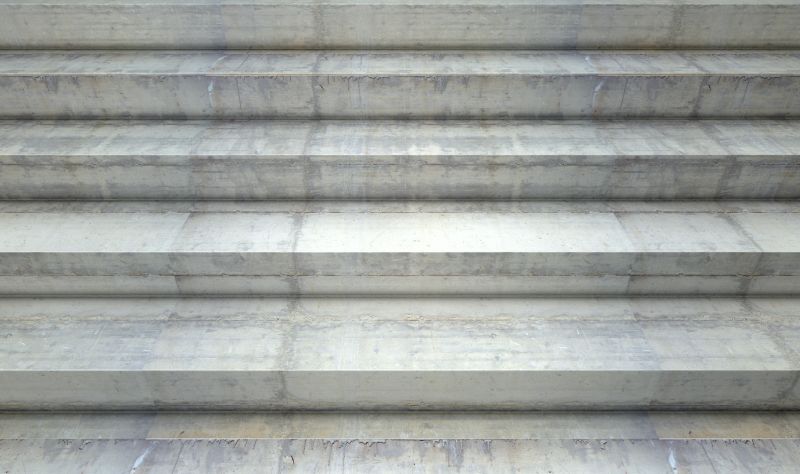
Popular materials for Concrete Installations and why they hold up over time.
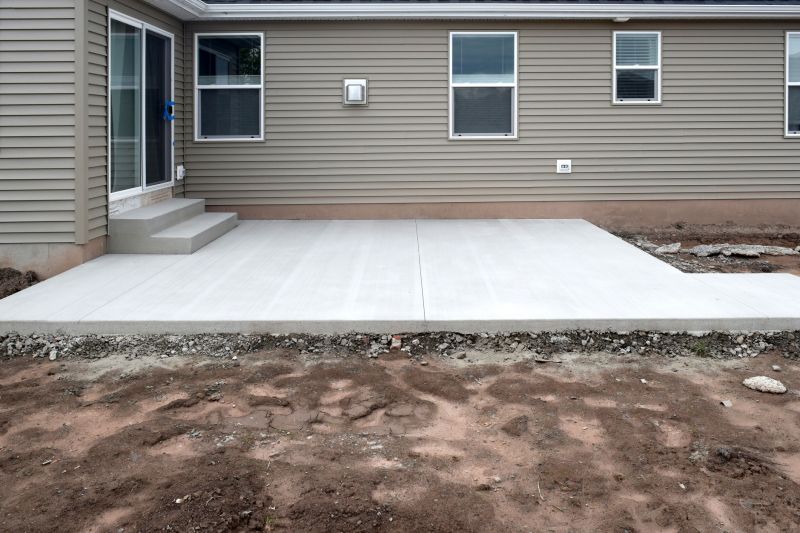
Simple add-ons that improve Concrete Installations without blowing the budget.
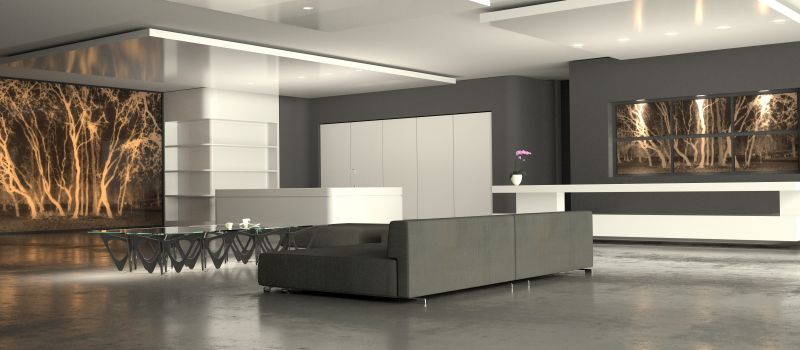
High-end options that actually feel worth it for Concrete Installations.
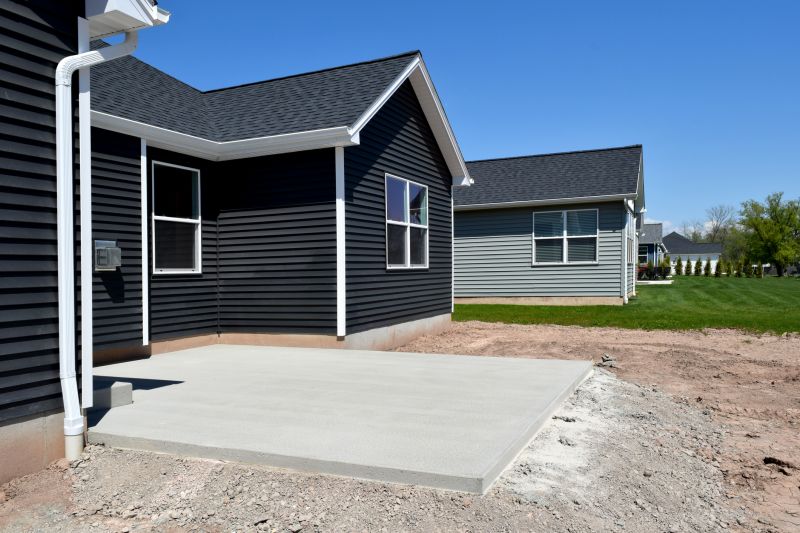
Finishes and colors that play nicely with Concrete Installations.

Little measurements that prevent headaches on Concrete Installations day.
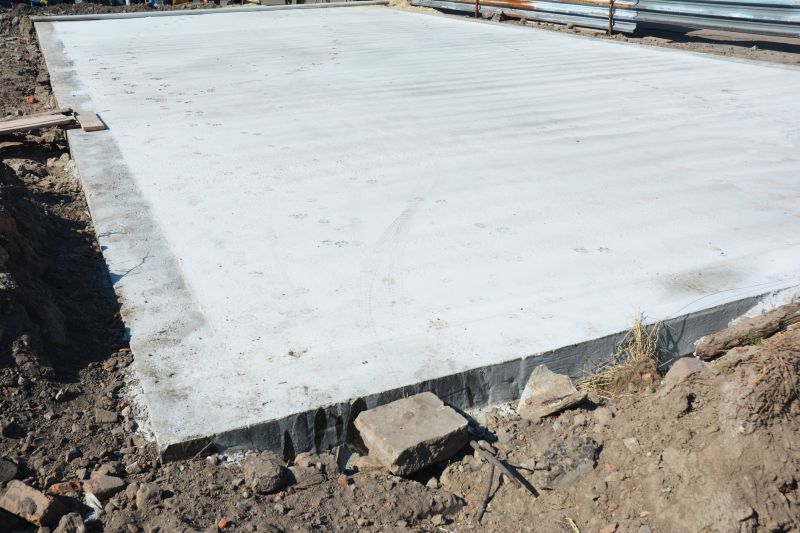
A 60-second routine that keeps Concrete Installations looking new.
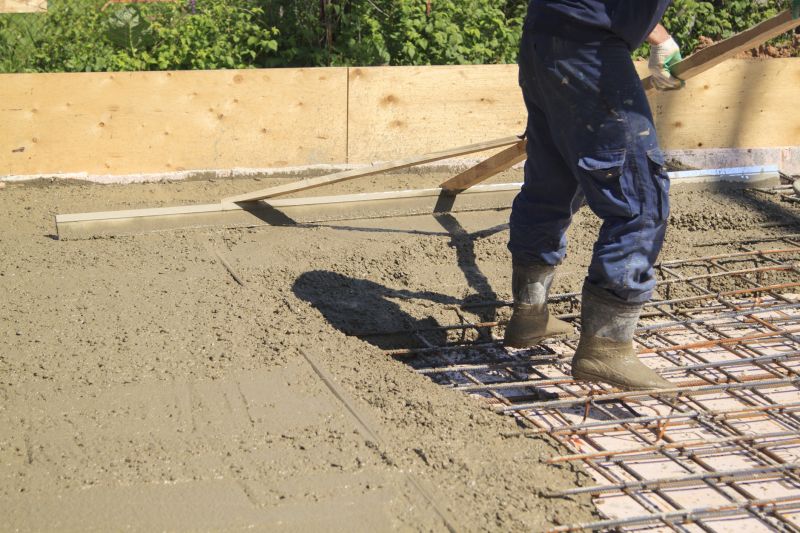
A frequent mistake in Concrete Installations and how to dodge it.
| Season | Advantages |
|---|---|
| Spring | Moderate temperatures, lower precipitation, ideal curing conditions. |
| Fall | Cooler weather, reduced evaporation, suitable for curing. |
| Summer | Hot temperatures risk rapid drying, requires extra curing measures. |
| Winter | Freezing temperatures hinder curing, may cause cracking. |
Concrete installations require careful timing to ensure structural integrity and durability. Proper scheduling during periods of stable weather enhances the curing process, reduces the risk of defects, and extends the lifespan of the finished work. Understanding regional climate patterns aids in selecting the most suitable time for concrete projects.
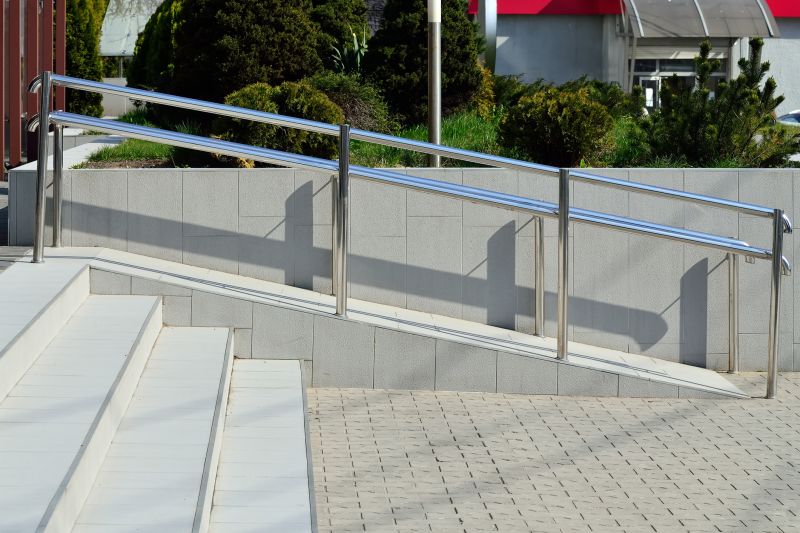
Small tweaks to make Concrete Installations safer and easier to use.

Lower-waste or water-saving choices for Concrete Installations.
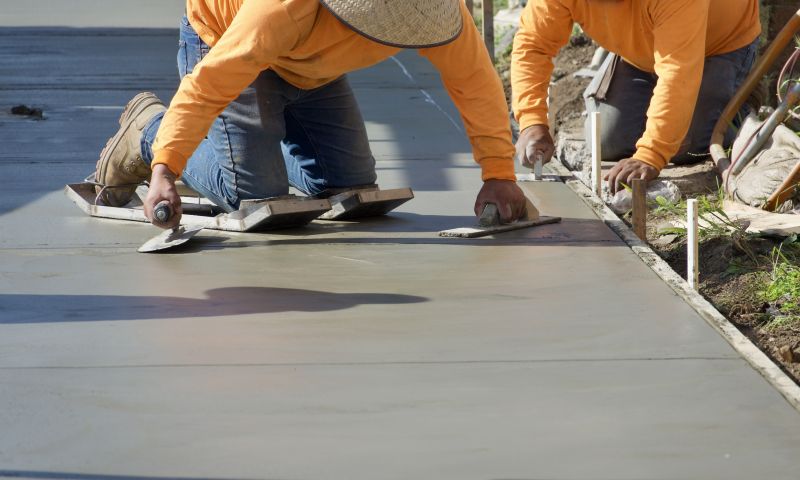
The short, realistic tool list for quality Concrete Installations.

Rough timing from prep to clean-up for Concrete Installations.
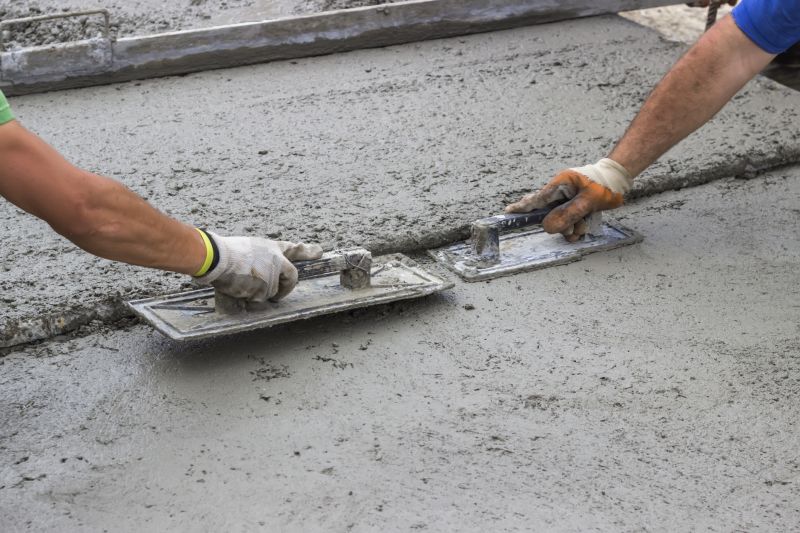
Quick checks and paperwork to keep after Concrete Installations.
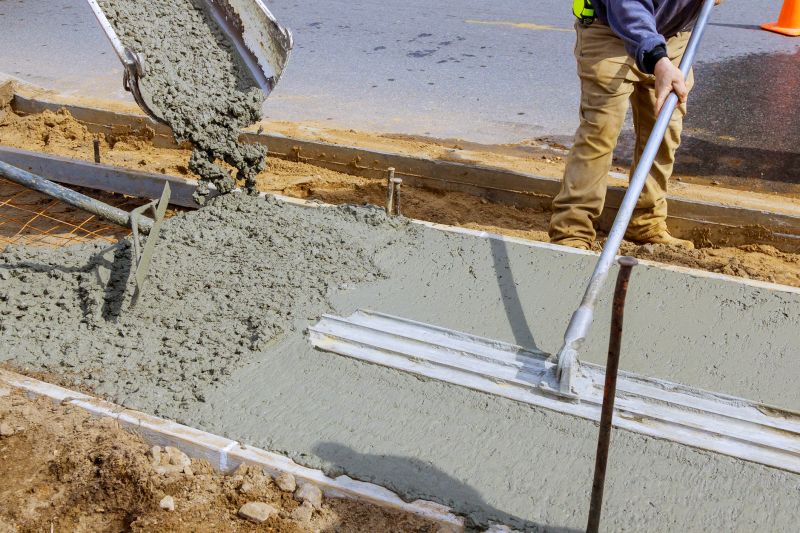
Examples that show the impact a good Concrete Installations can make.

Ways to make Concrete Installations work in tight or awkward layouts.

Ways to make Concrete Installations work in tight or awkward layouts.
Choosing the right time for concrete installation can significantly impact project quality and longevity. Planning ahead and considering local climate conditions help ensure successful outcomes. Properly timed projects minimize delays and reduce additional costs associated with weather-related issues.

